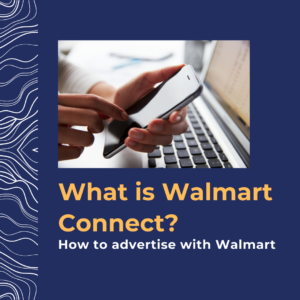Walmart actually uses the term “Always On Shopper,” but “omnichannel” is a sufficiently popular buzzword that it gets thrown around in meetings and at conferences, and a lot of suppliers are quietly wondering what the heck it means.
“Omni” means “all,” so “omnichannel” is literally “all channel.” The channels in question are the channels shoppers use to get product information and to shop.
These used to include things like the retailer’s shelf, the product package, word of mouth, and TV or print ads.
Now, there are many more options. People still find out about new products through word of mouth, but that now includes, Facebook, YouTube, and Amazon reviews. Legacy media like TV and magazines still excite interest in products, but so do blogs and Pinterest. And people still read the package label, but they also visit your brand website and use apps on their phone — even when they’re in the store.
What’s more, shoppers who aren’t satisfied with their options in the store aisle will shop on their smartphones instead… possibly while they’re still in the aisle.
Suppliers have known for years about the First Moment of Truth and the Second Moment of Truth, but now the Zero Moment of Truth is actually more important. That’s the moment — after 5-12 contacts with your message, which may have taken place on a number of different screens as well as in the store — when the consumer decides to buy your product. He may never have seen your product in the flesh, as it were, and he probably doesn’t care much where he buys it unless some retailer has given him a very strong incentive to care. But he’s going to buy it.
That means that any supplier who isn’t getting messages to that consumer before the Zero Moment of Truth is missing out. The consumer will, at the Zero Moment of Truth, make the decision to buy the competitor’s product instead.
So suppliers now must take an omnichannel approach, using online messages including mobile as well as legacy media and in-store experiences.




